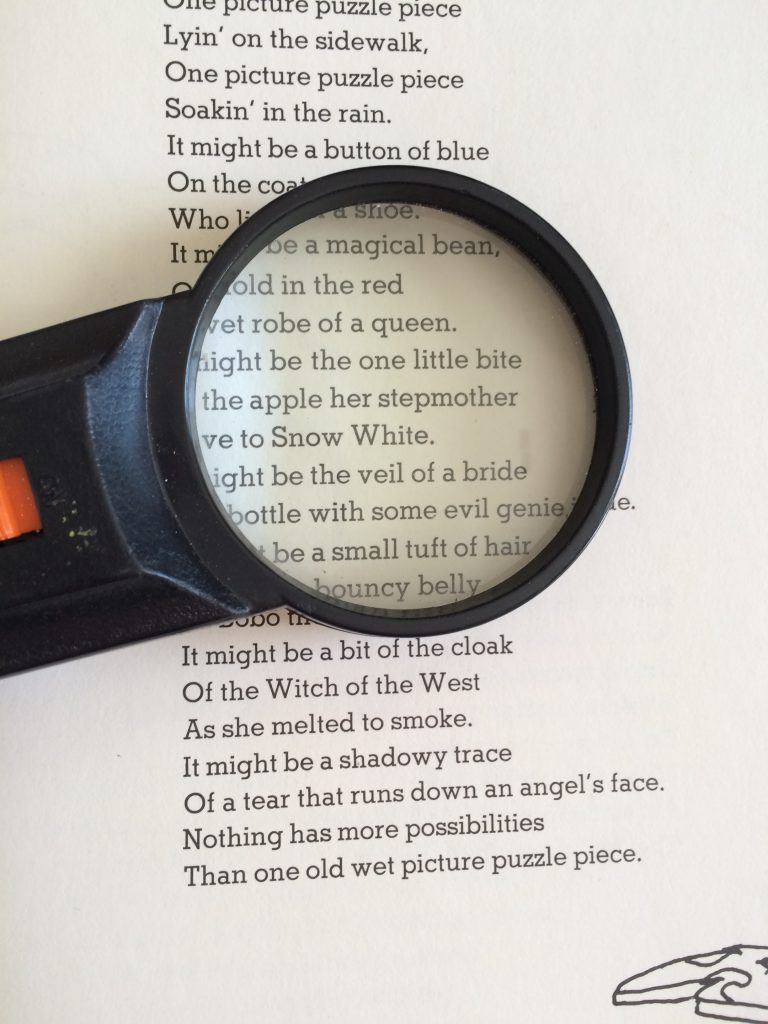Poetry in the classroom helps students develop their imaginations. It also taps into a student’s creativity by using a variety of word relationships. Through this process of reading and writing poetry, students improve their literacy skills. Poetry is rhythmic and expressive. It’s fun to read out loud. When read out loud, students hear the works, thus improving their reading skills.
In writing poetry, students express their emotions. In listening to poetry, students hone their listening skills. They learn new words and think about their meanings. In oral reading of poems, students build fluency. Also, they hear rhythms and rhymes.
Discussing poetry helps students connect meaning and visualize content. Students learn the meanings of various word phrases on lines in a poem.
Poetry Teaching
Some students resist learning poetry. They feel it is difficult to understand and write. However, teaching poetry in the classroom enriches reading instruction, writing, speaking, and listening. The rhythm sparks interest in music. It involves and prompts critical thinking.
Students should start by reading a poem more than one time, and then have it read out loud. Teaching poetry offers a variety of choices.
- Look at the lines in the poem.
- Consider the syllable in each line.
- Is it free form or free verse?
- Does the poem tell a story?
- What are the various word choices?
- Look for figurative language.
- What is the purpose of the Poem?
Students have grown up listening to poems since birth. They heard and recited nursery rhymes. They listen to music and sing the lyrics. Poems are about expression, there is no right or wrong way of writing or interpreting a poem.
Types of Poetry
There are various types of poems for students to read and write. Rules for writing poems become relaxed when introducing a variety.
- A modern type of poem is lyric poetry. It expresses emotions. The author writes in first person.
- Compose an acrostic poem with the first letter of a word or name.
- Haiku poems comprise three phrases in 17 phonetic units (5,7,5 patterns).
- A limerick verse forms a song with a refrain.
- Sonnets have 14 lines that form a specific rhyming pattern. Individual lines have 10 syllables.
- A long poem tells a story. Epic poems contain a story about a real or made-up hero.
- Free verse means freedom to write.
- A poem of a strict pattern is Cinquain with only five lines. The first line contains two syllables, for in the second, six in the third, etc.
- To sing or chant the praises of someone or an event means to compose an ode.



